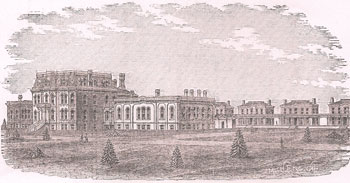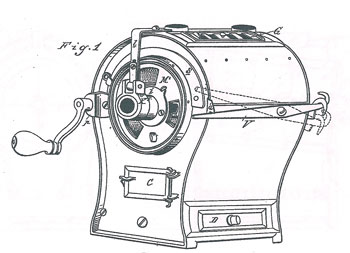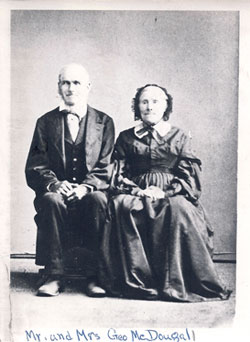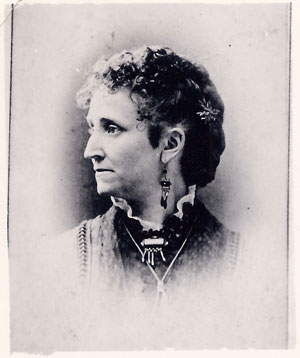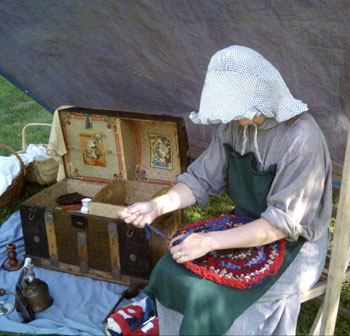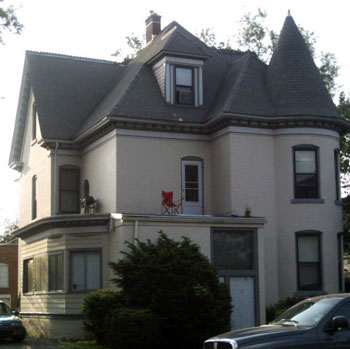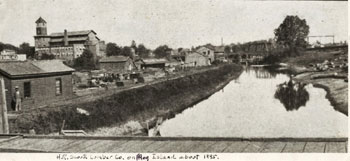In the Archives: Huckleberries and Trains
Editor’s note: As discussion of major investments in commuter rail service continues in the Ann Arbor region, Laura Bien’s local history column this week takes a look back to efforts more than a century ago to establish rail connections in the region. Does southeastern Michigan have the wherewithal to enhance existing connections and establish new ones? Or is all that just a huckleberry above our persimmon?

This 1895 plat map shows the Huckleberry curving from northern Ypsilanti towards Washtenaw Avenue. (Images link to higher resolution files.)
By the 1980s, the century-old train tracks had been torn up. Now occupying the former roadbed are new Eastern Michgan University buildings, the Washtenaw Avenue Kmart, the abandoned Carpenter Road mini-golf park just south of Thrifty Florist, and Pittsfield Township homes. But only a few years earlier, a sleepy southbound rail line with only one slow train rumbling by a day, was an ideal route for rural nature walks, south of the rail crossing on Washtenaw just east of Golfside.
Onetime Ypsilanti Press linotyper and history columnist Milton Barnes remembered. Barnes was blind. Yet in an early-1980s column for the Press, he helped others visualize a summer ramble.
“Strolling-just a-strolling, down these tracks in late August,” Barnes wrote, “we found a bed of wild strawberries, just a few of them, but as sweet as can be. The spring crop of polliwogs had grown into lively green frogs. There was a bit of water in the ditches along the tracks, with buttercups and cowslips … When we stroll along, and hop from tie to tie, every cow, lamb, dog, pig, and rooster watches. So do the farmers from their back doors, and some wave a cheery ‘How be ye?’ greeting.” [Full Story]




